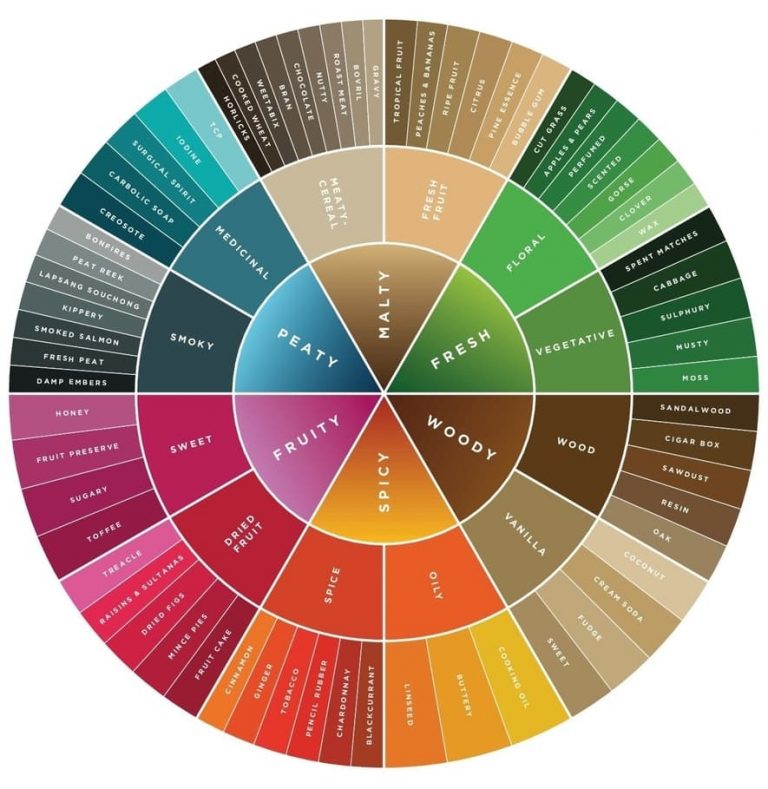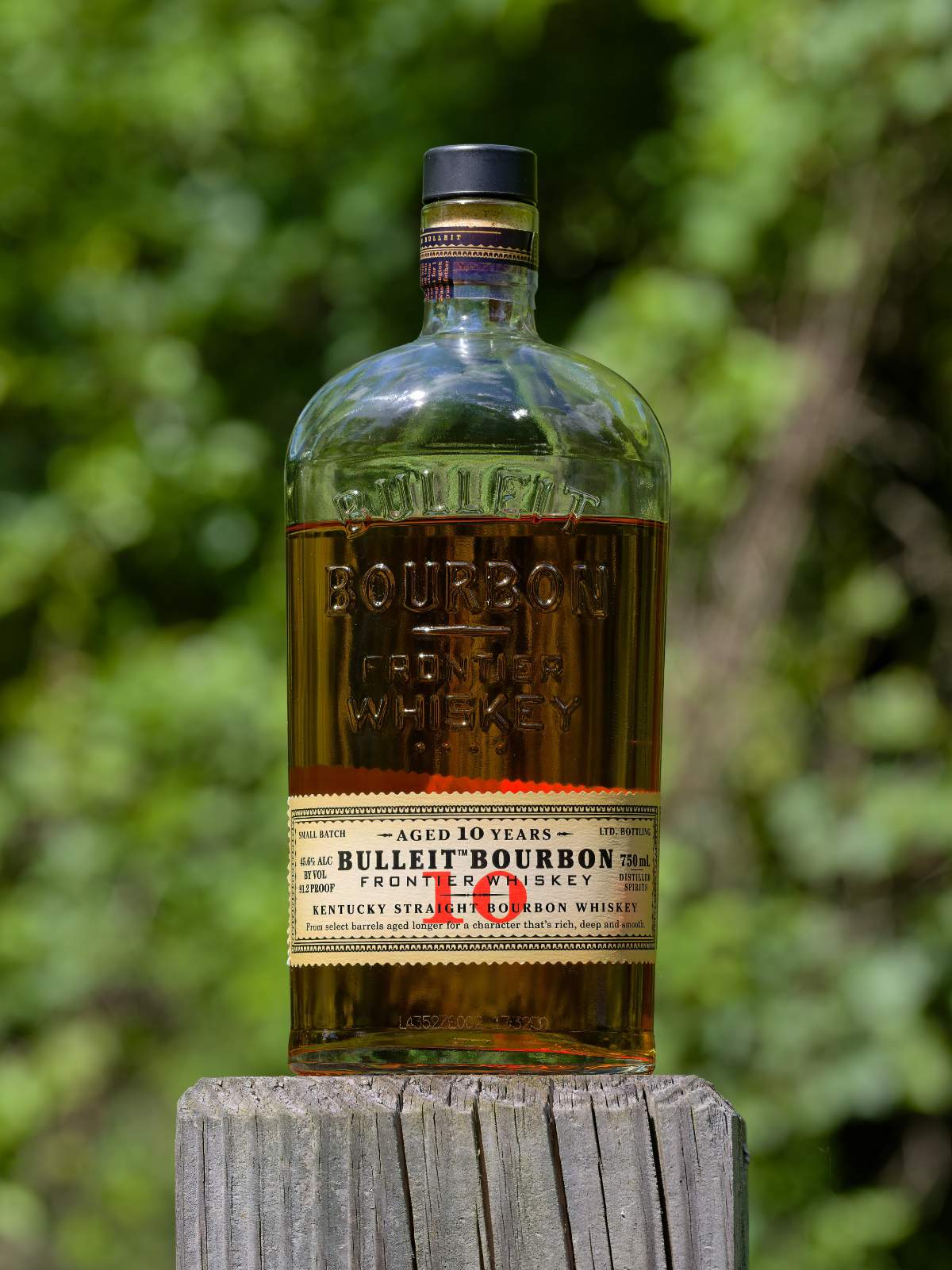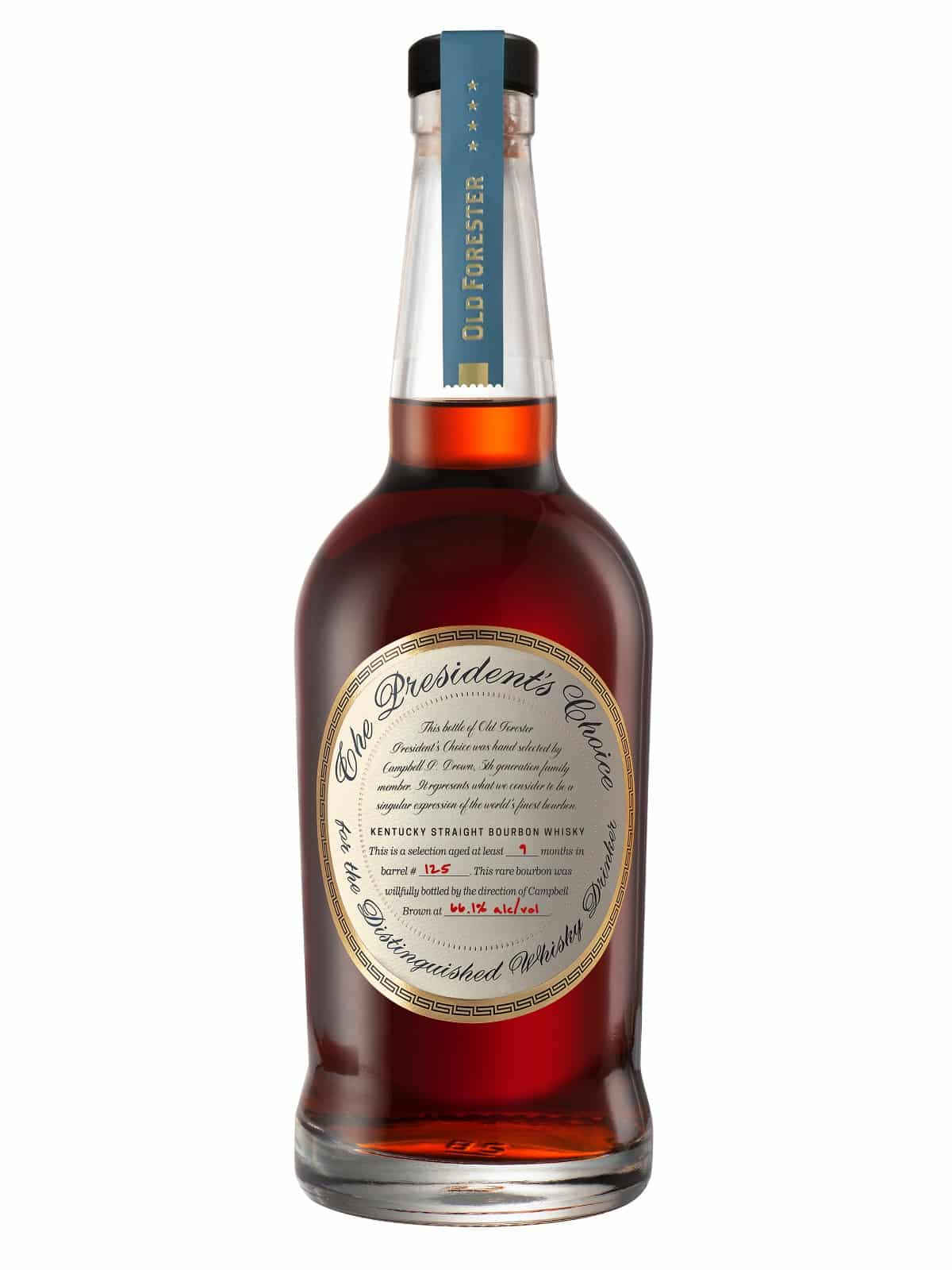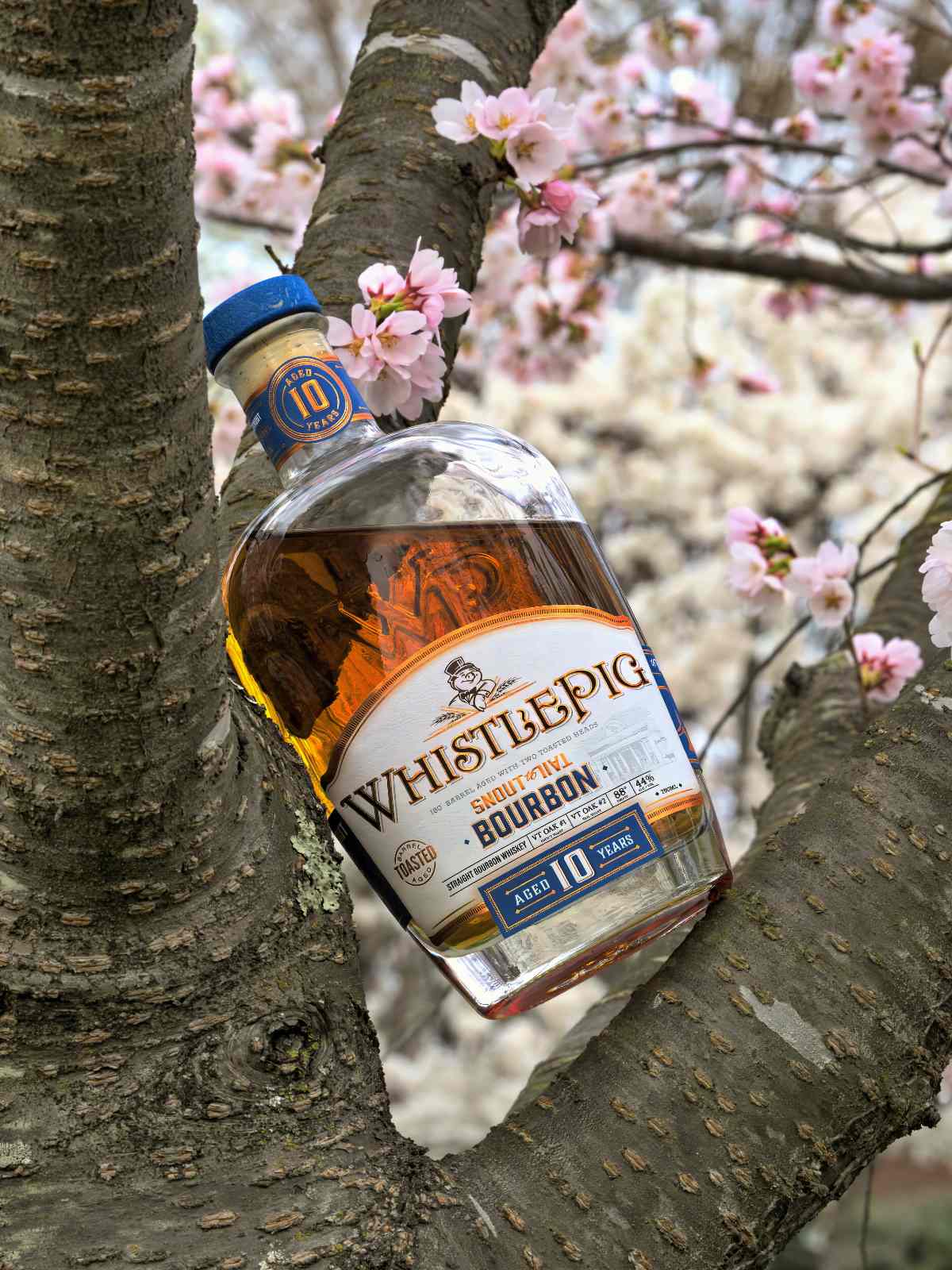Enjoying Whiskey Takes Time
It took a lot of time, sometimes decades, to make the whiskey in your glass. As a result, drinking, enjoying, and appreciating whiskey also takes time. The good news: YOU CAN DO IT, plus it’s fun. Experiencing good whiskey, regardless of price, is an intricate, intense, and rewarding sensory experience that not only engages your ability to identify colors, scents, and tastes, but your memories and experiences as well to connect with the drink. Just like any other skill, you have to practice to improve, but don’t you need an excuse to drink anyways?
Identifying smells and flavors takes practice, so it helps to do it with someone more experienced who can help you verbalize the things you are sensing. In addition, the internet has a number of whiskey wheels for scents and tastes that you may find helpful to verbalize what you are sensing (click here for the one on this page).
It’s so easy to rush and miss out on amazing whiskey, so below are my guidelines to help you take it slow and get the most of what’s in your glass. Everyone has their own way of drinking whiskey, but this is what works for me.

Color
Color is usually the easiest trait to discern. You see it, and you have a general idea of what the color is. In my opinion, color is not much of an indicator of quality, but can tell you a little bit about how it was aged. When comparing similar whiskeys (for example, scotches aged only in bourbon barrels), whiskies that are older tend to be darker in color, as they spend more time absorbing the flavors and colors from the wood barrel. It is impossible to compare the color of different types of whiskies because different barrels have different impacts on the color.
Different types of casks generally create different colors. The three most commonly used ones are:
– Virgin White oak (most often used for Bourbon, rye, Tennessee whiskey) creates an amber or copper color, similar to dark honey or brown sugar. Color can still vary greatly, but tends to fall between 1.0 – 2.0.
– Used Bourbon cask (most often used for scotch) creates a lighter color, similar to English tea or apple juice. On the color chart, usually 0.5 – 1.3.
– Used Sherry cask (oloroso, pedro jimenez) / red wine – Creates a ruby color similar to cranberry juice or lighter-colored red wines. On the color chart, usually 1.3 – 2.0.
Whisky Magazine created the color chart below to help quantify observed color.
Smell
Smelling happens throughout the drinking experience and is incredibly important. This is your first introduction to what you’re about to drink and may help you better understand the quality of the whiskey and what you might expect to taste. There’s no guarantee it’ll taste how it smells, but it’s a good place to start. As you smell, not only try to pick out specific scents, but also specific events, memories, or foods / drinks that remind you of the whiskey.
1. The first smell should happen when the spirit is still. Swirling the glass will unleash more scents, but that’s for later. Take a combination of short and long sniffs to see what you can identify. If you need help, use the Whiskey Wheel on this page for guidance. While the smell of alcohol doesn’t necessarily indicate quality in one way or another, it still is something to be mindful of when you move on to tasting.
2. For your second, third (and fourth) smells, swirl the glass to rile up the scents within the liquid. It definitely helps to have glasses with arched in tops that help trap the liquid in the glass (e.g., Glencairn or sherry glasses) so you are less likely to swirl it out of the glass and onto yourself (we don’t want to waste whiskey now do we), as well as concentrate the scents into a smaller area for your nose. Again, take short and long sniffs to see what you discover.
3. As you drink, the smell may change as there is less liquid in the glass. The residual liquid all around the glass (called the heads) will contribute more scents without the burning presence of alcohol. If you want to experiment, once you’re done with a glass, do not wash it. Wait a few minutes and then smell the glass again. If you’ve ever put your glasses aside to wash later, you may have noticed that they tend to emit interesting scents that you may not have noticed before.
Taste & Aftertaste
If smelling is the introduction, then tasting is opening the door to say hello and welcome it into your home (aka your mouth). As you taste, not only try to pick out specific flavors, but also specific events, memories, or foods / drinks that remind you of the whiskey.
1. Take the first sip and let it sit in your mouth for a few seconds, then swallow. Note not only how it feels and tastes in your mouth, but how it goes down your throat. Take some time to smell again and give your palate a break.
2. For your second sip, take more time to explore all the different flavors. After you sip, swirl it around in your mouth and let it sit in your mouth for 5 seconds. Then swallow a portion of the liquid, noting how it tastes and goes down your throat while the rest of the liquid continues to sit in your mouth.
3. Over the next 10-20 seconds, continue to take smaller gulps, noting your sensations. The alcohol burn may build in your mouth, but keep at it. The saliva in your mouth will hopefully unlock new flavors. It’s normal if your mouth feels dry after this. Take a break, drink some water if you need to, rotate between smelling and tasting.
Whiskey Wheel











